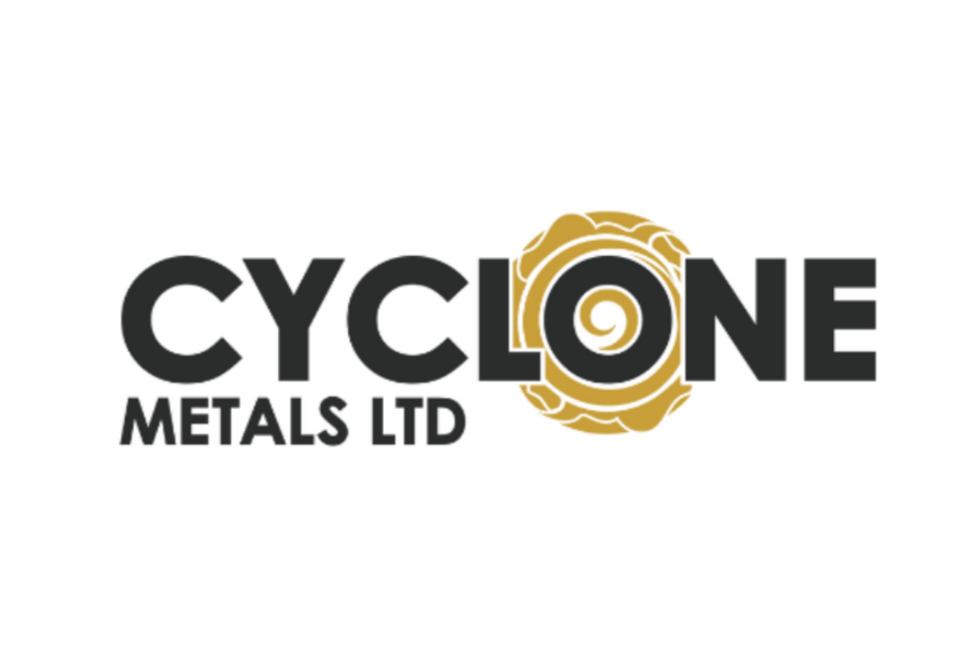Iron News: First Iron Ore Mine to Restart in Goa After Nearly 3 Years

Exciting iron news came Monday when Vedanta announced that its Codli mine will resume operations after being closed for nearly three years. It will be the first iron ore mine to restart production after the Supreme Court of India banned iron ore mining in Goa in 2012.
Exciting iron news out of Goa hit on Monday when Vedanta (NSE:VEDL,NYSE:VEDL) announced that its Codli mine will resume operations after being closed for nearly three years. It will be the first iron ore mine to restart production after the Supreme Court of India banned iron ore mining in Goa in 2012 in an effort to prevent illegal activity.
While the ban was lifted last April, Vedanta and other iron ore companies located in Goa had to go through the process of gaining environmental approval, as well as other permits, from the government. Vedanta has now received all approvals to restart its Codli and Bicholim mines, and final clearances for other mines are expected by the end of August. The company said it plans to resume mining at Codli post-monsoon season, with the expectation of utilizing its annual production allowance of 5.5 million tonnes of iron.
At the inauguration ceremony at the Codli mine, Goa’s chief minister, Laxmikant Parsekar, said, “[w]e have done all what we could to restart mining and will continue to do whatever is required. I had given a date of October to restart mining and Vedanta has surprised me by reopening 2 months earlier. I appreciate this early restart by Vedanta. I also appeal to all other miners to emulate Vedanta and restart as soon as they can. The government will do all that can be done to support everyone who is affected by the mining ban.”
Goa’s iron reserves and infrastructure offer potential
While the current iron ore price environment will likely prevent other iron ore miners from starting new exploration projects in Goa anytime soon, once supply levels even out and the volatile market settles down, the Indian state will be an ideal region to work in. India was the fourth-largest iron-producing country in 2014, putting out 150 million tonnes, and while it has become a net importer of the metal, that could change moving forward. Reserves in Goa alone are an estimated 1 billion tonnes of iron ore, with 80 percent of deposits there being fines.
Goa’s Directorate of Mines and Geology has said that its economy is heavily dependent on the iron ore industry, noting that in terms infrastructure, Goa has many advantages for miners; for instance, it is located on the coast of the Arabian Sea and has “waterways that crisscross the territory, facilitating barge transport.” What’s more, most of the mines there are in close proximity to the state’s two rivers, Mandovi and Ziuari.
And while anyone watching the iron ore space knows that the metal’s price has reached record lows in recent months, Investec told Platts that the metal may have hit its low point for the year, noting that supportive factors will likely aid the market moving forward to 2016.
“Iron ore [prices] have proved remarkably resilient in recent months, despite a wall of supply that is coming on stream,” Investec said in a report led by analyst Hunter Hillcoat. “Movements in freight costs, energy prices and exchange rates lead us to believe we may have seen the worst in iron ore headline prices.”
The bank now expects iron ore 62 percent Fe CFR China to average $56.30 per tonne in 2015 and $52 in 2016.
Securities Disclosure: I, Kristen Moran, hold no direct investment interest in any company mentioned in this article.
Related reading:
Iron Ore Price Forecasts Continue to Drop
Iron Ore Price Forecasts Remain Bearish Despite Price Rally
